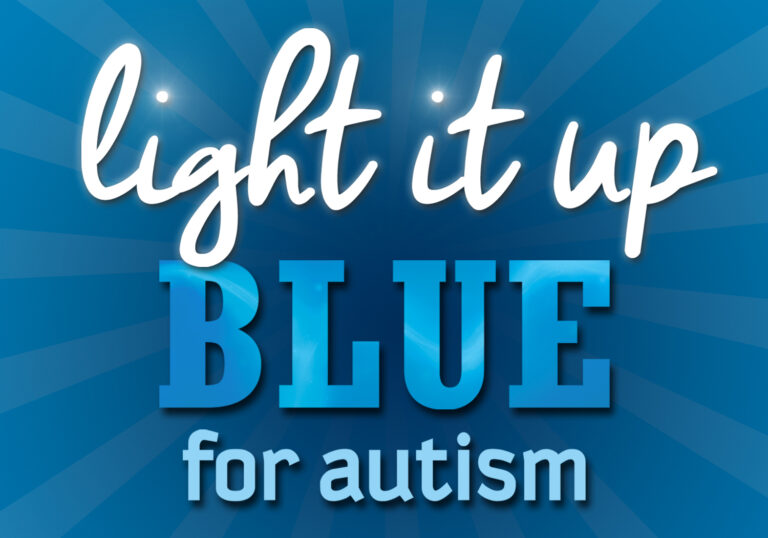Age of the Customer and Social Selling
We’ve all heard the creative examples and call outs of well-known retail brands that are driving product sales through Facebook, Instagram and Twitter. These examples need to become the rule. Every industry and every brand can — and should — use social media to connect with customers. An airline can see where passengers are facing delays and proactively send them to the right agents to book them onto new flights. A manufacturing company can build brand loyalty by sharing stories of the people who build its products. A healthcare organization can see which cities are shaping up for flu season and target its messages about vaccinations. As sales professionals, we — and I include myself and my sales organization — need to meet our customers where they are, and that’s increasingly on social channels.
That’s easier said than done, and it can be a little scary if you’re just getting started with social media. Which channels are the most relevant to my business? How can I join the discussion in an authentic, engaging way, without exposing myself to risk? How can I tell if what I’m doing is helping my business, or simply costing me time and effort? In my experience, I’ve seen a lot of sales professionals freeze up in doubt, wondering if they should even venture into social channels. But of course, they must — we must — and soon, because customers are already there, sharing their opinions and learning from what others have experienced with brands of every size.
How do we know they’re customers yet? Today we can’t afford to wait to find out. According to CEB, 57 percent of the customer’s pre-purchase research is complete before he or she ever engages with a sales professional. Based on my conversations with customers, if we don’t establish a relationship with them early on, we may not be one of the brands they consider when it’s time to choose. This means that sales professionals have to be visible and engaged not just with qualified prospects but with every potential customer. And we have to fully understand those potential customers; they’ve been doing their homework, and they expect us to have done ours too.
For those businesses that need more evidence — the fact that customers are having conversations without us should convince you. Social media is where customers share their experiences with brands — good and bad. The fact that you’re not on Twitter is not going to stop customers from using that platform to tell the world when you’ve gone the extra mile, or especially when you’ve made a mistake. Increasingly, customers expect businesses to have a social media presence and to respond quickly to complaints. The fact that you’re not present and paying attention may just make an angry customer angrier. Being quick to respond appropriately to both criticism and praise can show that you care, and that can mean as much to the customer as the actual solution or service you provide.
Of course, keeping up with social media takes time and effort. And this is where using the latest innovations becomes critical. Customer Relationship Management (CRM) solutions, like Microsoft Dynamics CRM 2016 that was released this week, are getting to the cutting edge of bringing all aspects — social media monitoring and customer engagement — into a single solution to help automate the process of social listening and engagement. Just as the telephone, email and mobile communications became crucial to salespeople over time, social media and CRM tools are now earning a central place in the sales professional’s toolkit.
Compared with customers, sales professionals have been slow to adopt and fully embrace social media. But the rewards that come from a deeper, more detailed understanding of customers are well worth the effort. I’ve been working with my sales organization to build not just proficiency but a real culture of social selling, and that’s enabling us to get both data and insights that are helping us take our customer relationships to a whole new level. What are your goals for customer engagement? I’d love to hear more about what social data and analytics can do to transform your business.







